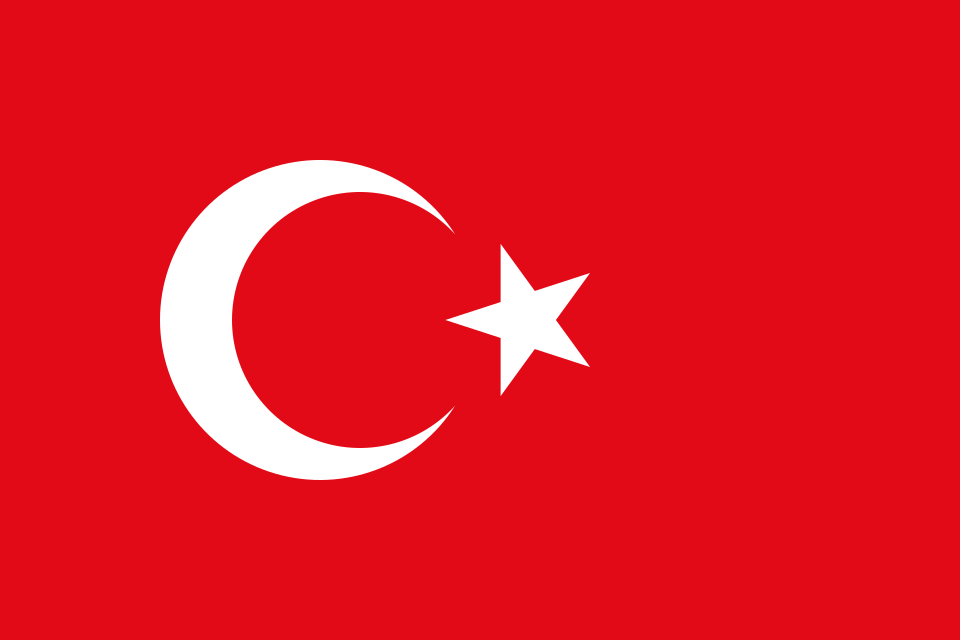Perthes disease is a condition caused by a temporary decrease in blood flow to the head of the hip bone. This condition usually occurs in children between the ages of 4 and 10 and typically affects one or both hip joints. The disease causes a decrease in the supply of nutrients to the bone tissue due to impaired blood circulation in the head of the hip bone, resulting in bone death.
What is Perthes disease?
Perthes disease is a condition caused by a temporary decrease in blood flow to the head of the femur (hip bone). This condition typically occurs in children, particularly between the ages of 4 and 10. The disease can lead to impaired nourishment of the femoral head and bone tissue death.
While the exact cause of Perthes disease is unknown, it is believed that genetic factors, impaired blood flow, or environmental factors may play a role. Symptoms of the disease typically develop over time and may include:
- Hip or groin pain
- Limping or difficulty walking
- Stiffness or limited movement in the hip joint
- Sensitivity or tenderness in the hip or groin
Treatment is typically determined based on the stage of the disease and the child's age. In the early stages, treatment may involve rest, physical therapy, and the use of braces. In rare cases, surgical intervention may be necessary, particularly if the disease has progressed or other treatment options have been ineffective.
What Causes Perthes Disease?
The exact cause of Perthes disease is unknown. However, it is generally associated with a temporary decrease in blood flow to the femoral head. This can lead to the femoral head not receiving enough oxygen and nutrients, resulting in the death of bone tissue. Genetic factors, impaired blood circulation, or environmental factors may also play a role in the development of the disease.

What are the symptoms of Perthes disease?
The symptoms of Perthes disease usually develop over time and may include the following:
- Hip or groin pain: There may be constant or intermittent pain in the hip or groin area.
- Limping: Limping may occur due to hip pain or limited movement.
- Limited Movement: There may be limited movement or a feeling of stiffness in the hip joint.
- Hip Joint Stiffness: The hip joint may feel stiff or restricted when moved or used.
- Sensitivity or Tenderness: Sensitivity or pain may be felt in the hip or groin area when touched.
These symptoms may worsen or improve over time. If your child has these symptoms or you have concerns, it is important to consult a healthcare professional. Early diagnosis and appropriate treatment can reduce the effects of Perthes disease and promote better recovery.
These symptoms may worsen or improve over time. If your child has these symptoms or you have concerns, it is important to consult a healthcare professional. Early diagnosis and appropriate treatment can reduce the effects of Perthes disease and promote better recovery.
Who Gets Perthes Disease?
Perthes disease usually occurs in children, especially between the ages of 4 and 10. The disease is more common in boys, but it can also occur in girls, albeit rarely. Additionally, children with a family history of the disease may have a slightly higher risk. Although it is commonly seen in healthy and active children, Perthes disease can develop in any child.
How is Perthes Disease Treated?
The treatment of Perthes disease is determined based on the stage of the disease, the child's age, and their overall health. Treatment is usually carried out using a combination of one or more of the following methods:
- Rest and Restriction: In the early stages of the disease, rest and restriction may be recommended to reduce pressure on the hip joint. This can support the healing process of the hip bone head.
- Physical Therapy: Physical therapy may be used to strengthen the hip muscles, increase joint mobility, and improve gait.
- Orthotics and Restraint Devices: Specially designed devices or restraint devices can support healing by reducing direct pressure on the hip joint.
- Medication: Anti-inflammatory drugs may be used to relieve pain and reduce inflammation.
Surgery: In rare cases, surgery may be necessary if the disease has progressed or other treatment options have been ineffective. Surgery may be performed to reshape the bone head or provide support to the hip joint.
How is Perthes Disease Surgery Performed?
Surgery is generally a rare option in Perthes disease and is usually considered when other treatment methods have failed or the disease has progressed. Surgery is typically performed for the following purposes:
Reshaping of the Femoral Head: During surgery, it may be possible to remove dead or weak bone tissue from the femoral head and replace it with healthy bone tissue. This procedure aims to give the hip joint a better shape and structure.
Use of Devices to Support the Hip Joint: In some cases, special devices or implants may be used during surgery to provide support to the hip joint.
Supporting the Recovery Process: After surgery, physical therapy and rehabilitation programs may be started to speed up recovery and restore hip joint function.
Surgery is typically performed using a specific method determined by the surgeon based on the patient's condition. During this process, a carefully managed rehabilitation program may be required before and after surgery. Treatment plans may vary for each patient, so it is important to follow your surgeon's recommendations.





